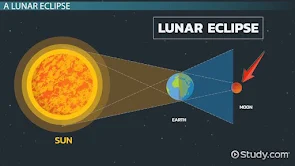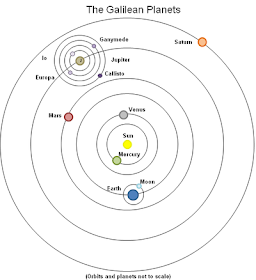ASTRONOMY : OUR PICTURE OF THE UNIVERSE
https://youtu.be/RnQ_6Ui6i38?si=FcPozMWE1mzr-eCBPreface :
Man has always been fascinated by the mysteries of the universe. Every age tried to explain the universe in its own way. The every people believed that world is really a flats plate supported on the back of a giant tortoise standing on a infinite tower of tortoises.
There are various theories about universe given by different different philosopher, scientist etc.
There are various theories about universe given by different different philosopher, scientist etc.
- Aristotle's theory
- Ptolemy's theory
- Copernican theory
- Johannes Kepler , Galileo Galilei - 1609 theory
- Newton's theory
- Hubble's theory
Aristotle's Theory :
As long ago as 340 BC the Greek philosopher Aristotle didn't agree with such concept about the earth. Aristotle was the first to propose a scientific theory about planetary system. He wrote in his book " On the Heavens " that:
" The earth was a round sphere rather than a flats plate. "
And he gave two good argument about it.
1. He realised that eclipses of the moon were caused by the earth coming between the sun and the moon. The earth's shadow on the moon was always round, which would be true only if the earth was spherical.
2. He also used the reference of Greek travels and confirmed hid theory by the position of the North star which appeared lower in the sky when viewed in the south. From the equator it lies at the horizon.
Moreover, Aristotle proposed the Geo-centric theory. According to that theory:
" The earth was stationary and the sun, the moon,the planets and the stars moved in circular orbits around the earth. "
Ptolemy's Theory :
The idea of Aristotle was elaborated by Ptolemy in the second century AD into a complete Cosmological model. Ptolemy gave the eight spheres in which earth was at the centre and sun , moon and then discovered five planets formed the seven spheres where as stars formed the outermost eighth sphere. He too said the revolution was circular in orbits. The five planets known at the time : Mercury, Venus,Mars,Jupiter, and Saturn.Copernican Theory :
Polish Priest, Nicholas Copernicus discounted the Geo-centric theory and proposed Helio-Centric theory. A simpler model was proposed in 1514 by Copernicus . His idea was that ,
" The sun was stationary at the
centre and that the earth and
the planets moved in circular orbits around the sun."
Johannes Kepler and Galileo Gelelei :
After that, two astronomer- the German Johannes Kepler and the Italian Galileo Galilei- started public to support the Copernican theory.
Kepler believed that planets move in elliptical orbits not spheres (perfect circles).
Galileo invented (1609) telescope and found that few moon were revolving around Jupiter. This was a death blow to Aristotle, Ptolemic theory.
Newton's Theory :
Sir Isaac Newton published his "Philosophiae Naturalis Principia Mathematica " in which he not only put forward a theory of how bodies move in space and time, but also developed the complicated mathematics needed to analyse those motions. He gave us Gravitational theory and also mathematical formulas to calculate the motion of planets and satellites. Newton's law of gravitation showed that the universe not remain static.
Newton's law of gravitation showed that the universe could not remain static. Later, Edvin Hubble observed that the universe was expanding. He observed that the distance galaxies were moving rapidly away. So he believed that the heavenly objects were closer together earlier hance and the universe was dence. These discoveries brought forth the question about the beginning of the universe or its origin. Hubble suggested that there was a time in the past called Big Bang, when the universe was very small and infinity dence.Time had a beginning at the point of the Big Bang. Then the universe true up with of bang to from the present state of the universe. It is still expanding.
Today, scientists work withtwo men theories:
1. General theory of relativity
2. Quantum mechanism theory.
These two theories are known to be inconsistent with each other - they cannot both be correct. These theories have given us both nuclear energy and the microelectronics revolution.
Conclusion :
To sum up, Aristotle, Ptolemy, Nicholas Copernicus, Gelileo , Johannes Kepler, Newton's gravitation law and Edvin Hubble's observation that earth was expanding provided much guidance to understand universe in a better way. Einstein's general theory of relativity also gave much information to know our universe in better way. Today we still yearn to know why we are here and where we came from. Humanity's deepest desire for knowledge is justification enough for our continuing quest. Abd our goal is nothing less than a complete description of the universe we live in.











No comments:
Post a Comment